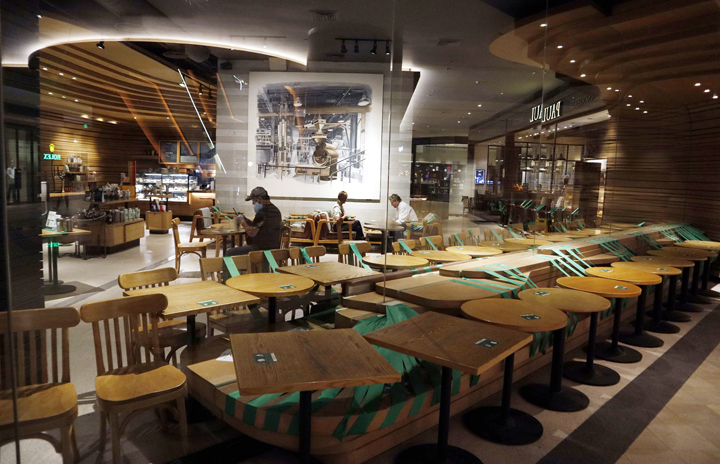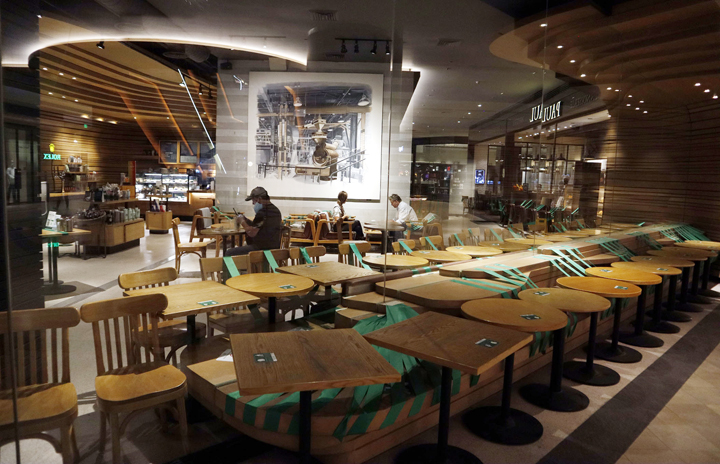
Sales of the country’s food service industry this year may decline by 13 percent to $7.436 billion, the lowest in 7 years, as consumers remain hesitant to eat out due to the threat of more transmissible Covid-19 variants, an international agency said.
The United States Department of Agriculture-Foreign Agricultural Service in Manila (USDA-FAS Manila) projected that Philippine food service industry sales would drop by $1.111 billion from last year’s $8.547 billion.
In a Global Agricultural Information Network report published recently, USDA-FAS Manila projected that the local food service industry would record lower sales for the second consecutive year due to the pandemic.
“With the spread of the Delta variant of Covid-19, people are hesitant to return to restaurants. Recent lockdown measures to contain the pandemic have triggered further losses on on-premises sales,” the USDA-FAS Manila said.
“To date, abrupt changes in government regulations continue to impact dine-in and events, severely affecting the food service sales and delaying the recovery of food and beverage stores. Moreover, some owners closed establishments due to low foot traffic while others converted some hotels into quarantine facilities.”
The Gain report showed that sales across all sectors of the food service industry may decline this year, which include full-service restaurants, limited-service restaurants, cafes and bars and kiosks.
USDA-FAS Manila projected that sales from the full-service restaurants may plunge by 20 percent year-on-year while the income of limited-service restaurants and cafes/bars may decline by 10 percent and 15 percent, respectively. Sales of stalls and kiosks could decline by 15 percent year-on-year.
“Lacking close coordination of the government with the private sector, lockdowns continue to surprise food and beverage establishments, leading to losses,” it said. “Abrupt implementation of government restrictions, such as checkpoints, quarantine passes, curfew, and liquor bans created logistical problems and low foot traffic.”
USDA-FAS Manila estimated that sales of full-service restaurants this year could fall to $1.134 billion from $1.418 billion last year while revenues of limited-service restaurants may drop to $4.285 billion from $4.761 billion.
“Cafes and bars declined the most in the food service industry, dropping 57 percent in 2020. Small gatherings and meetings continue to be avoided, resulting in an estimated 15 percent sales decline in cafes and bars in 2021,” it said.
“Based on interviews, Post estimates the coffee industry to perform better than bars.”
USDA-FAS Manila said sales of street stalls and kiosks will go down to $1.099 billion from $1.221 billion last year.
“Since most street stalls and kiosks are in shopping malls and public transportation hubs, affected by reduced foot traffic in public areas and lower consumer spending. Stores explored lower franchise fees, home deliveries, and resellers.”
Food and drink e-commerce sales, however, would rise by 40 percent this year to a record $302 million from last year’s $216 million last year.
“Due to the continued apprehension of consumers to dine in, more owners of establishments have shifted to online delivery platforms, drive-throughs, and curbside pickups to help cushion declining sales,” it said.
“E-commerce, marketing efforts, and mobile food delivery platforms [Grabfood, Lalafood and Food Panda], increased online food and beverage sales by 216 percent last year.”

